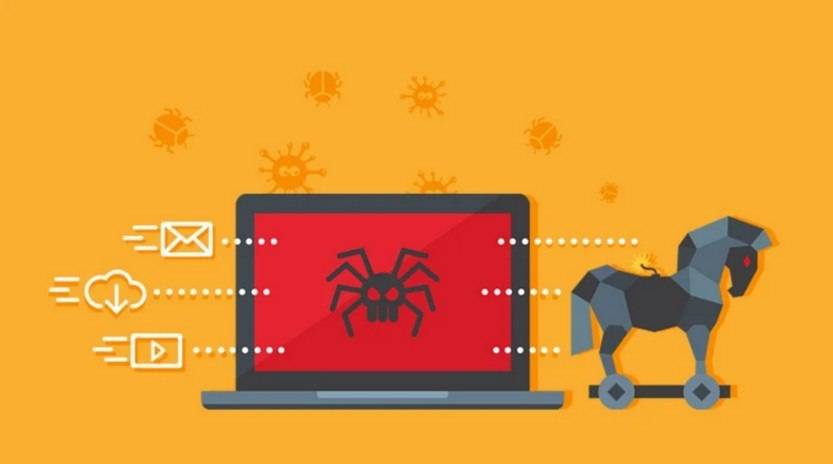Scammers are constantly finding new ways to deceive unsuspecting individuals and steal their personal information. One such method is through phishing scams, where cybercriminals pose as legitimate organizations to trick people into revealing sensitive data. In recent years, a phishing scam email claiming to be from Netflix with the subject line “Your Auto Payment Cannot Process” has been circulating, targeting Netflix subscribers. This article will delve into the details of this scam, how it works, what to do if you have fallen victim, technical details, and statistics to shed light on the severity of this issue.

What is the Netflix ‘Your Auto Payment Cannot Process’ Phishing Scam Email?
The Netflix ‘Your Auto Payment Cannot Process’ phishing scam email is an attempt by cybercriminals to trick Netflix subscribers into providing their personal and financial information. The email appears to be from Netflix, complete with the company’s logo and branding, making it difficult for recipients to distinguish it from a genuine communication. The subject line, “Your Auto Payment Cannot Process,” is designed to create a sense of urgency and prompt users to take immediate action.
How Does the Scam Work?
The scam begins with the recipient receiving an email that appears to be from Netflix, notifying them that their auto payment could not be processed. The email typically includes a message stating that the user’s account will be suspended if they do not update their payment information within a specified timeframe. To add credibility, the email may also include a link to a fake Netflix website that closely resembles the legitimate site.
When users click on the link provided in the email, they are directed to the fraudulent website, where they are prompted to enter their Netflix login credentials and payment details. Unbeknownst to the victims, this information is captured by the scammers, who can then use it for various malicious purposes, such as identity theft or unauthorized financial transactions.
What to Do If You Have Fallen Victim?
If you have fallen victim to the Netflix ‘Your Auto Payment Cannot Process’ phishing scam, it is crucial to take immediate action to protect your personal and financial information. Here are the steps you should follow:
- Change your Netflix password: Start by changing your Netflix account password to prevent further unauthorized access. Choose a strong, unique password that includes a combination of letters, numbers, and special characters.
- Contact Netflix: Inform Netflix about the phishing scam by reporting the incident to their customer support. They can provide guidance on further steps to secure your account and prevent any unauthorized activity.
- Monitor your accounts: Keep a close eye on your bank and credit card statements for any suspicious transactions. If you notice any unauthorized activity, contact your financial institution immediately to report the fraud.
- Scan your device for malware: Run a thorough scan of your device using reliable antivirus software, such as Malwarebytes Free, to ensure that your system is not infected with any malware that may have been downloaded through the phishing email.
- Enable two-factor authentication: Enable two-factor authentication (2FA) for your Netflix account and any other online accounts that offer this security feature. 2FA adds an extra layer of protection by requiring a second form of verification, such as a unique code sent to your mobile device, in addition to your password.
Technical Details of the Scam
The Netflix ‘Your Auto Payment Cannot Process’ phishing scam email utilizes various techniques to deceive recipients and make the email appear legitimate. Here are some technical details of the scam:
- Email spoofing: The scammers use email spoofing techniques to make the email appear as if it is coming from Netflix. They manipulate the email headers and sender information to trick recipients into believing it is a genuine communication.
- Phishing website: The link provided in the email directs users to a phishing website that closely resembles the official Netflix website. The scammers meticulously replicate the design and layout of the legitimate site to deceive users into entering their login credentials and payment information.
- Social engineering: The scammers employ social engineering tactics to create a sense of urgency and panic in the recipients. By threatening to suspend the user’s account, they aim to prompt immediate action without giving the victim enough time to think critically.
Statistics on Phishing Scams
Phishing scams, including the Netflix ‘Your Auto Payment Cannot Process’ scam, continue to be a significant threat in the digital landscape. Here are some statistics that highlight the prevalence and impact of phishing scams:
- According to the Anti-Phishing Working Group (APWG), there were over 241,324 unique phishing attacks reported in the first quarter of 2021 alone.
- Phishing attacks cost businesses an estimated $1.8 billion in losses in 2020, according to the FBI’s Internet Crime Complaint Center (IC3).
- Approximately 1 in every 3,207 emails is a phishing attempt, according to a report by Symantec.
- Phishing attacks are becoming increasingly sophisticated, with scammers using advanced techniques such as spear phishing and whaling to target high-profile individuals and organizations.
Summary
The Netflix ‘Your Auto Payment Cannot Process’ phishing scam email is a deceptive attempt by cybercriminals to steal personal and financial information from Netflix subscribers. By posing as Netflix and creating a sense of urgency, scammers trick users into visiting a fake website and entering their login credentials and payment details. If you have fallen victim to this scam, it is crucial to take immediate action by changing your password, contacting Netflix, monitoring your accounts, scanning your device for malware, and enabling two-factor authentication. Phishing scams like this continue to be a significant threat, and it is essential to stay vigilant and educate oneself about the latest tactics used by cybercriminals.










